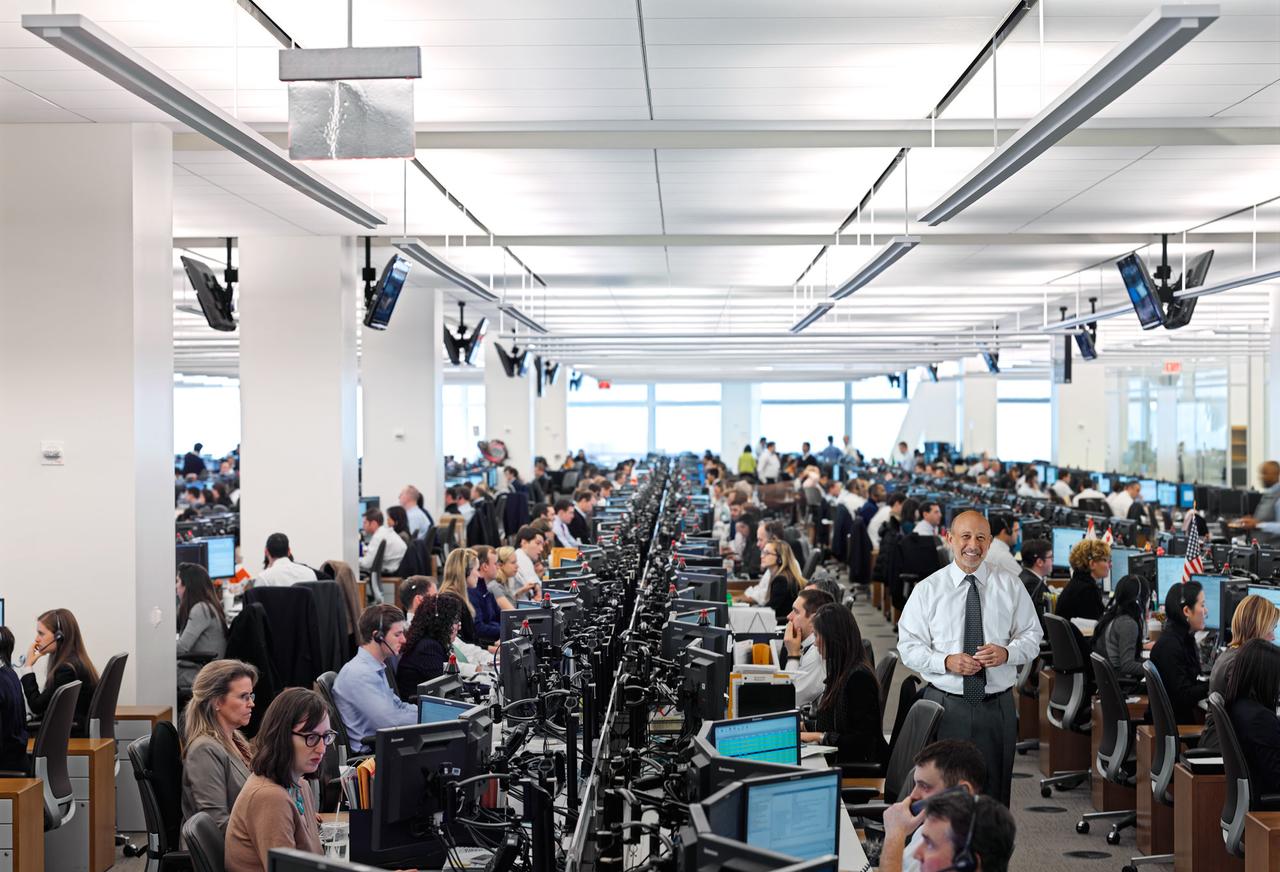「米国人の半数が感染するだろう」:ゴールドマンが日曜の緊急電話会議で1,500人の顧客に告げた
忙しくて記事紹介が遅れました。
この証券会社のアナリストはとても真当なのですが、日本では(たぶん米国でも)ワイドショーの影響が大きすぎて・・・。
"Half Of America Will Get Sick": Here Is What Goldman Told 1,500 Clients In Its Emergency Sunday Conference Call
日曜5pmにFEDが緊急バズーカ砲で市場を驚かせていた頃、ゴールドマン・サックスは緊急電話会議を開いていた、1,500の個人顧客や法人顧客が参加していた、言うならば「Lehman Sunday」に匹敵する。

For those wondering what Goldman said, here is the bottom line via TME:
ゴールドマンが何を言ったかが気になる人のための要約だ:
- 50% of Americans will contract the virus (150m people) as it's very communicable.
This is on a par with the common cold (Rhinovirus) of which there are
about 200 strains and which the majority of Americans will get 2-4 per
year.
伝染性が高く、米国人の50%が感染するだろう(150Mの人だ)。武漢コロナは普通の風邪(Rhinovirus)のようなものであり200種ほどが知られている、多くの米国人は年に2−4回感染しているだろう。
- 70% of Germany will contract it (58M people). This is the next most relevant industrial economy to be effected.
ドイツでは70%が感染すると思われている(58M人だ)。産業経済的に二番目に重要な国だ。
- Peak-virus is expected over the next eight weeks, declining thereafter.
感染がピークに達するのは今後8週ほどと見られている、その後は下火になる。
- The virus appears to be concentrated in a band between
30-50 degrees north latitude, meaning that like the common cold and flu,
it prefers cold weather. The coming summer in the northern hemisphere should help. This is to say that the virus is likely seasonal.
ウイルスが感染する地域は北緯30−50度の地域に集中している、ということは普通の風邪やインフルエンザのようなものだ、寒いときに流行する。これから北半球は夏に向かうので抑制的になるだろう。このウイルス流行は季節的なものだ。
- Of those impacted 80% will be early-stage, 15% mid-stage and 5% critical-stage. Early-stage
symptoms are like the common cold and mid-stage symptoms are like the
flu; these are stay at home for two weeks and rest. 5% will be critical
and highly weighted towards the elderly.
感染者の80%は軽微な症状だ、15%が mid-stage で、5%が重篤になる。軽微な症状では普通の風邪と同じで、mid-stageではインフルエンザに似ている;こういう人は2週間ほど家に引きこもっていれば回復する。5%が重篤になるがほとんが高齢者だ。
- Mortality rate on average of up to 2%, heavily weight
towards the elderly and immunocompromised; meaning up to 3m people
(150m*.02). In the US about 3m/yr die mostly due to old age and
disease, those two being highly correlated (as a percent very few from
accidents). There will be significant overlap, so this does not mean 3m
new deaths from the virus, it means elderly people dying sooner due to
respiratory issues. This may however stress the healthcare system.
致死率は平均で最大2%、主に高齢者と免疫力が衰えた人が深刻になる;三百万人ほどの死亡になるだろう(150M*0.02)。米国では毎年高齢または病気で3M/年が亡くなっている、これら2つに関しては高い相関がある(事故死はとても少ない)。既存の死因と重複する部分がとても多いだろう、ということで武漢コロナにより平年よりも3百万人死亡が増えるわけではない、高齢者の死期が呼吸疾患で早まるということだ。しかしながらこのことが医療システムへの負荷を増すかもしれない。
- There is a debate as to how to address the virus pre-vaccine. The US is tending towards quarantine. The
UK is tending towards allowing it to spread so that the population can
develop a natural immunity. Quarantine is likely to be ineffective and
result in significant economic damage but will slow the rate of
transmission giving the healthcare system more time to deal with the
case load.
ワクチン開発前にどう対処するか議論の余地がある。米国は隔離で対処しようとしている。英国は穏やかな感染で集団免疫力を獲得しようとしている。隔離策はあまり有効でないだろう、しかも経済的ダメッジがとても大きい、しかし感染速度を緩め患者に対処する医療システムに時間的猶予を与える。
- China’s economy has been largely impacted which has affected raw materials and the global supply chain. It may take up to six months for it to recover.
中国経済は大きなインパクトを受けた、原料品や世界的サプライチェーンに関してだ。回復に半年は要するかもしれない。
- Global GDP growth rate will be the lowest in 30 years at around 2%.
世界GDP成長率はこの30年で最低の2%前後になるだろう。
- S&P 500 will see a negative growth rate of -15% to -20% for 2020 overall.
S&P500は2020年全体で−15%から−20%のマイナス成長と見るだろう。
- There will be economic damage from the virus itself, but the real
damage is driven mostly by market psychology. Viruses have been with us
forever. Stock markets should fully recover in the 2nd half of the year.
武漢コロナ自身による経済損失もあるだろう、ただし本当の損失は市場心理によるものだ。人類はずっと多くのウイルスと共存してきた。株式市場が完全回復するのは今年後半のはずだ。
- In the past week there has been a conflating of the impact of the virus with the developing oil price war between KSA and Russia.
While reduced energy prices are generally good for industrial
economies, the US is now a large energy exporter, so there has been a
negative impact on the valuation of the domestic energy sector. This
will continue for some time as the Russians are attempting to
economically squeeze the American shale producers and the Saudi’s are
caught in the middle and do not want to further cede market share to
Russia or the US.
先週には武漢コロナが原因でサウジアラビアとロシアの間の原油価格をめぐる係争を引き起こした。工業経済にとっては原油価格低下は望ましいが、米国は今や大きなエネルギー輸出国になっている、というわけで国内エネルギーセクターにとってはバリュエーションにマイナスインパウトを与える。この状況は暫く続くだろう、というのもロシアは米国シェールオイルを押し込みたいと願っているし、サウジアラビアは間にったってロシアや米国にシェアーを奪われたくないと思っている。
- Technically the market generally has been looking for a reason to reset after the longest bull market in history.
テクニカル的には、市場は史上最長のブル相場をリセットする理由を探してきた。
- There is NO systemic risk. No one is even talking about that.
Governments are intervening in the markets to stabilize them, and the
private banking sector is very well capitalized. It feels more like
9/11 than it does like 2008.
システミックリスクはまったくない。だれもこれに言及するひとは居ない。政府は市場安定化のために介入している、そして民間銀行セクターには潤沢な資金がある。この状況は9/11に似ている、2008年のような様相ではない。




